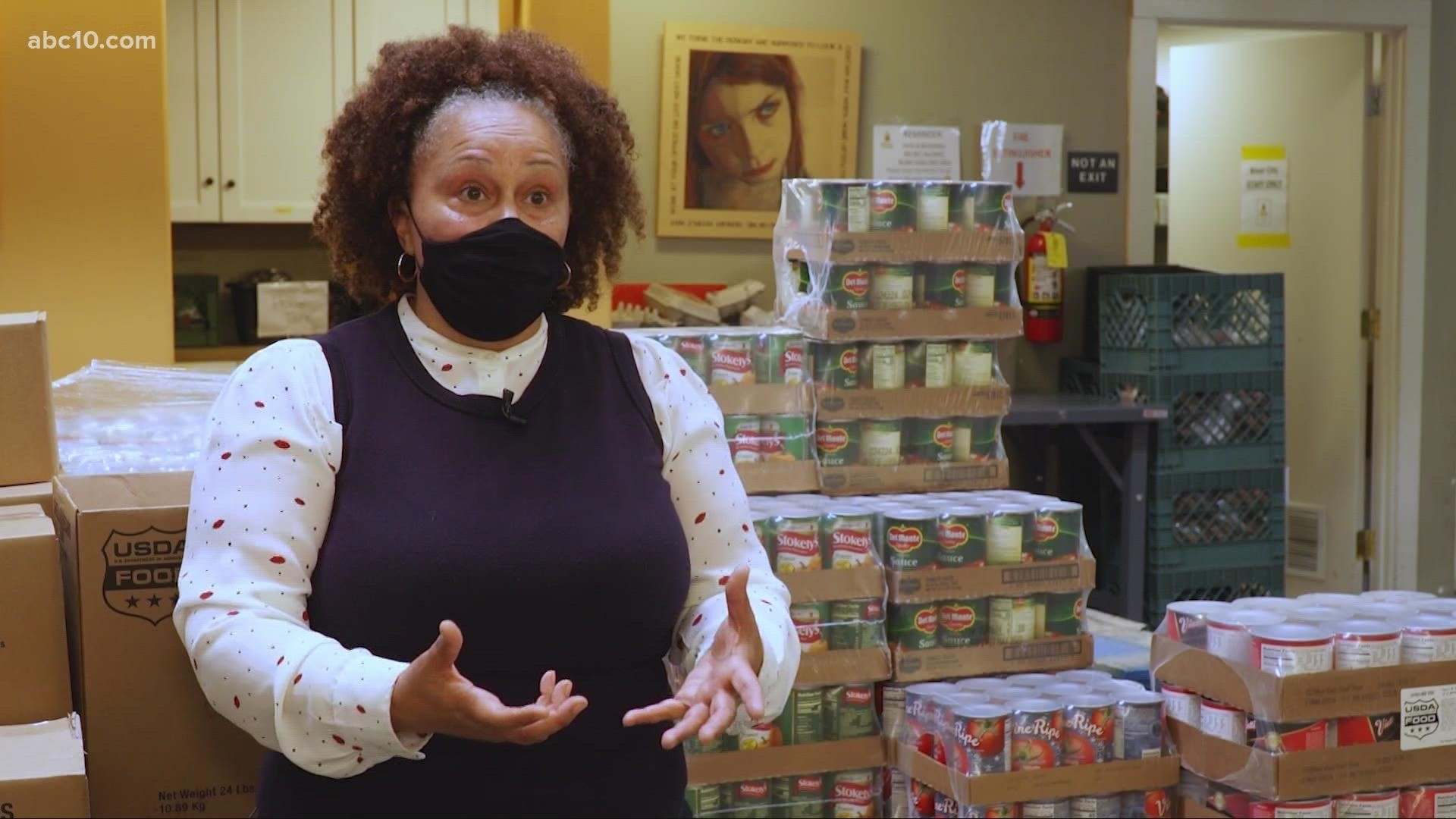The impact of the coronavirus on food insecurity | Stand Against Hunger
Millions of people in America are just one job loss, missed paycheck, or medical emergency away from hunger. But the problem doesn't affect everyone equally.
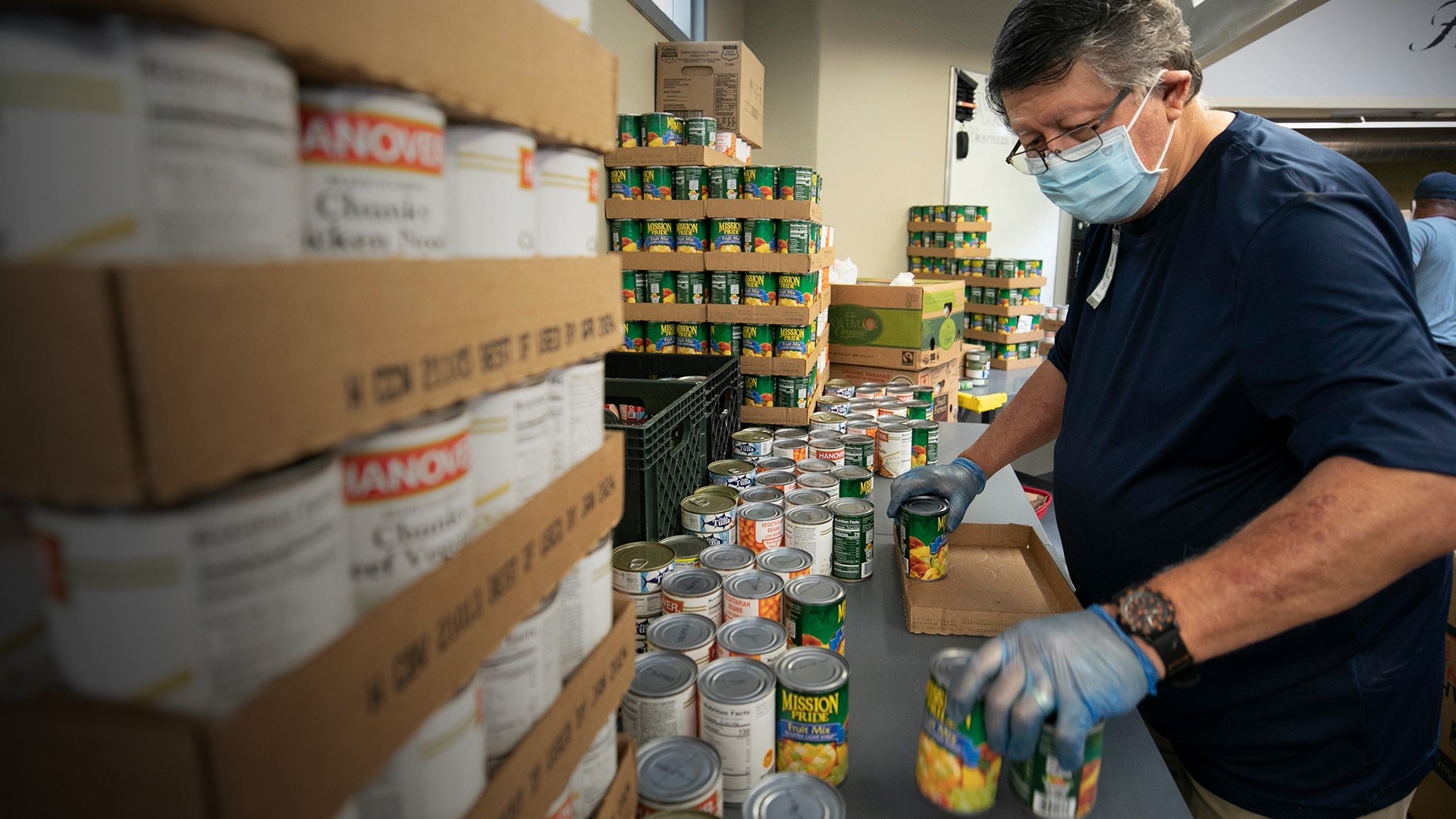
Race, Hunger and Covid How hunger is a racial equity issue
According to Feeding America, a national hunger-relief organization, 42 million people may experience food insecurity this year due to the coronavirus pandemic. That includes 13 million children.
Food insecurity is the lack of consistent access to enough food for every person in a household to live an active, healthy life. The underlying causes of food insecurity are poverty, unemployment, under-employment, and inconsistent access to enough healthy food.
Some of the most common, yet complex, effects include:
- Serious health complications, especially when people facing hunger are forced to choose between spending money on food and medicine or medical care.
- Damage to a child's ability to learn and grow.
- Difficult decisions for seniors, often living on fixed incomes, such as choosing between paying for food and critical healthcare.
Hunger can affect people from all walks of life. Millions of people in America are just one job loss, missed paycheck, or medical emergency away from hunger. But, the problem doesn't affect everyone equally.
Data from Feeding America shows food insecurity impacts communities of color more due to systemic racial injustice and discriminatory policy, from poorly funded schools to higher unemployment, lower homeownership, and worse access to food.
In 2019, 1 in 12 white people lived in a food-insecure household, compared to 1 in 6 Latinos, 1 in 5 Blacks, and 1 in 4 Native Americans. That's according to research from Feeding America. COVID-19 has only exacerbated racial disparities in hunger.


In an ongoing effort to end hunger, Feeding America provides meals to more than 40 million people each year through a network of 200 food banks and 60,000 food pantries and meal programs. The nonprofit is also working to advance equity throughout the organization, across approaches to improving food security, and in service to people facing hunger.
In a list of commitments to equity, Feeding America has invested $76 million in grant funding to 162 network food banks addressing food insecurity and racial disparities in their communities. The organization has also created a Racial Equity Dashboard to identify communities most disproportionately impacted by food insecurity, among other key initiatives to fight hunger in the most vulnerable communities.
Despite these efforts and more, Feeding America said, there is still a great deal to be done to untangle the systemic racial disparities that continue to impact communities of color and to ensure all people have equitable opportunities to achieve food security.
To learn more about how hunger is a racial equity issue or to help take a stand against hunger, visit the Feeding America website.
A Hunger Safety Net How River City Food Bank fights hunger in Sacramento County
River City Food Bank (RCFB) is on a mission "to alleviate hunger in Sacramento County by providing healthy, emergency food and other assistance, offering referrals and promoting self-sufficiency through a variety of support services."
The food bank helps people avoid a crisis and work toward self-reliance by providing a short-term food supply when they are unable to meet basic living expenses.
"River City Food Bank has been serving Sacramento communities for more than 50 years," said Amanda McCarthy, executive director at the River City Food Bank. "We are the link between healthy food and people experiencing hunger. Right now, through all of our programs, we're serving nearly 20,000 people a month. Our philosophy has always been that no one should be hungry."
According to Feeding America, 1 in 10 adults and 1 in 7 children face hunger in California. The average cost of a meal in the state is $3.26. Data from a 2019 Feeding America report also shows more than 168,000 people are food insecure in Sacramento County, with the food insecurity rate standing at 11%.

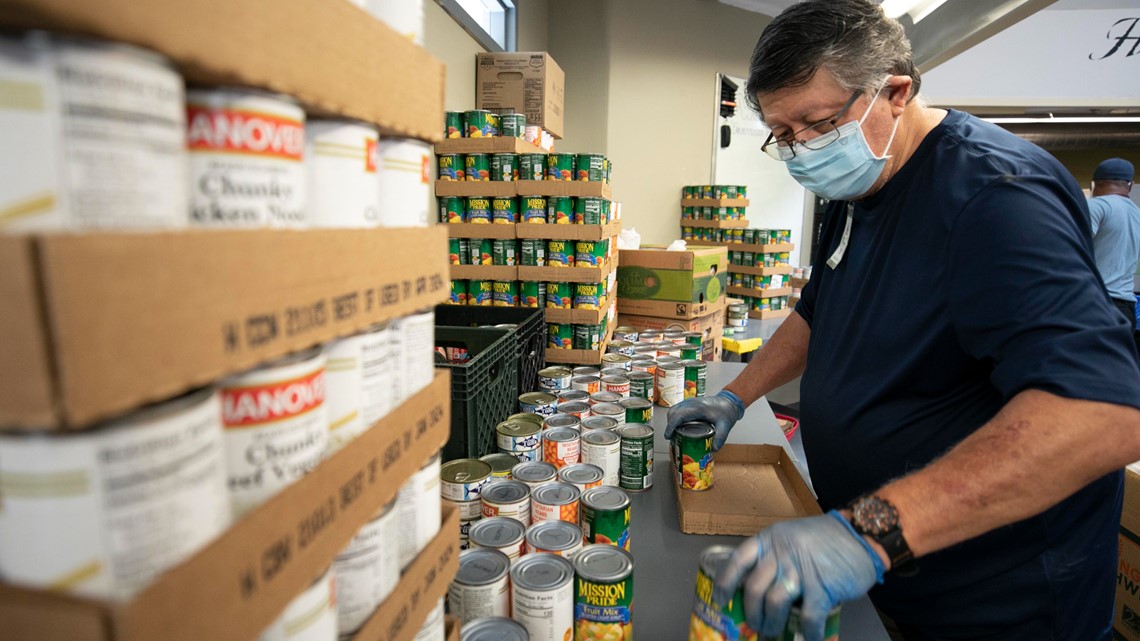
In the wake of the COVID-19 pandemic, unemployment and food insecurity soared. In 2020, Feeding America estimates more than 60 million people in the U.S. turned to food banks and community programs for help putting food on the table.
"With the pandemic, it's hard," said Adeladie Ford, a client at River City Food Bank. "You never know who has food insecurities. In 2019, I was living in downtown Sacramento. I was going through a rough patch. Although I was working, I didn't have a lot of extra money. Do I pay my rent? Do I pay my car insurance or my other bills? Or, do I eat? I showed up at the River City Food Bank. It took some of the burden and stress off of me, financially, when it comes to food."
During the first months of the pandemic, about 4 in 10 people across the country visiting food banks were seeking help for the first time. As a result, most food banks were serving over 55% more people than before the pandemic began. In 2020, RCFB served more than 2 million pounds of food to more than 230,000 people facing hunger. That's an overall 30% increase in service due to the COVID-19 pandemic.

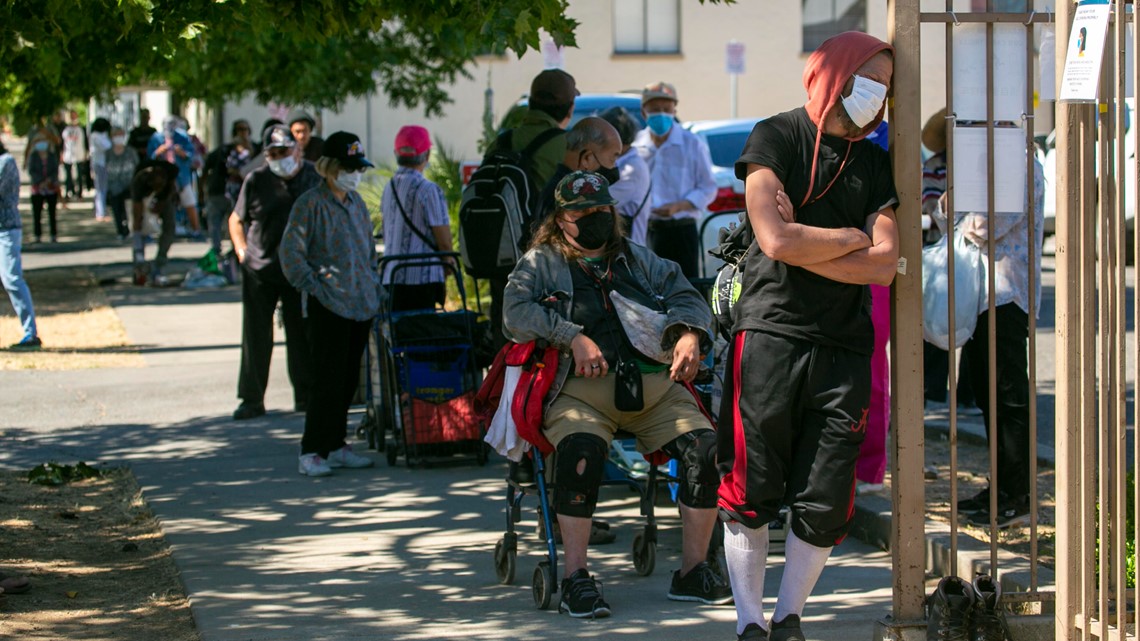
"River City Food Bank works with a lot of people who are right on the edge of an emergency," McCarthy said. "An emergency can be anything from a car breaking down to a sudden loss in job or an unimaginable health issue. Our goal is to make it as easy and as convenient as possible for anyone in Sacramento County to access food."
Through an emergency food program, RCFB provides people in need with a three-day supply of nutritionally balanced food and non-food items from distribution sites in the Midtown and Arden-Arcade areas. The organization also offers a nutrition program to help support the most vulnerable, such as the shut-in or people with medical needs, by providing healthy groceries each week.
"Communities of color are disproportionately impacted by COVID-19 and food insecurity," McCarthy said. "At River City Food Bank, our goal is to really advance food, social, health equity by taking out some of those barriers that might prevent someone from getting food."

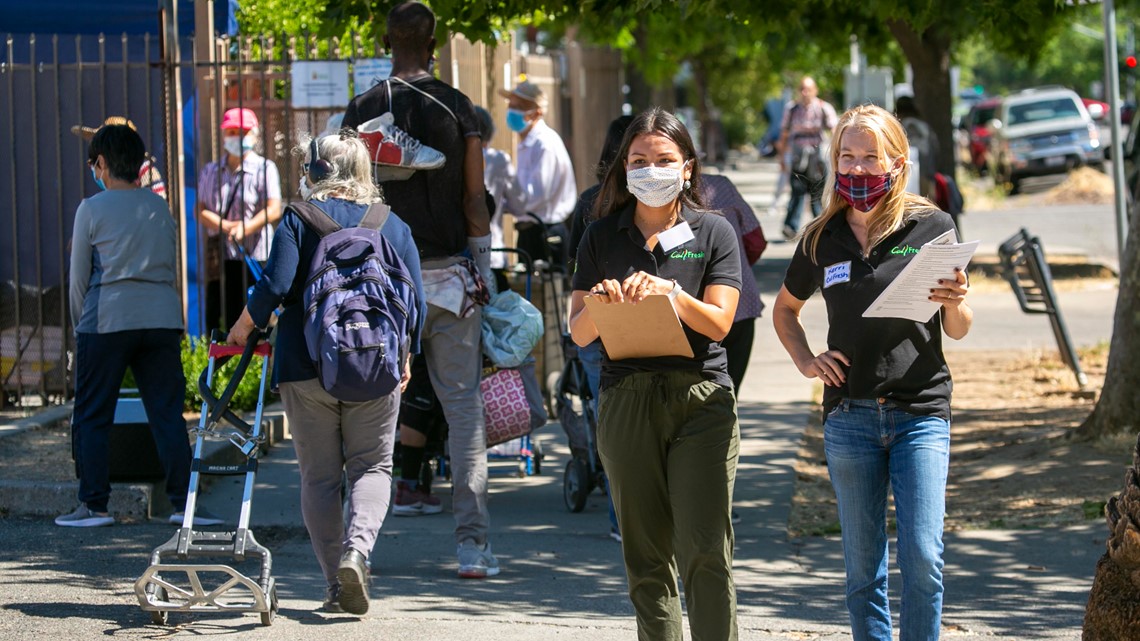
In a push to end hunger in all communities, RCFB provides outreach and enrollment assistance to help people in need access CalFresh benefits. CalFresh, also known federally as the Supplemental Nutrition Assistance Program or SNAP, provides monthly food benefits to individuals and families with low-income and provides economic benefits to communities. It's the largest food program in California and provides an essential hunger safety net.
RCFB also offers other hunger programs and assistance. That includes BackSnacks, where volunteers deliver healthy snacks and groceries to economically-disadvantaged schools to address childhood hunger. There's also a program for low-income seniors to get nutritious breakfast foods.

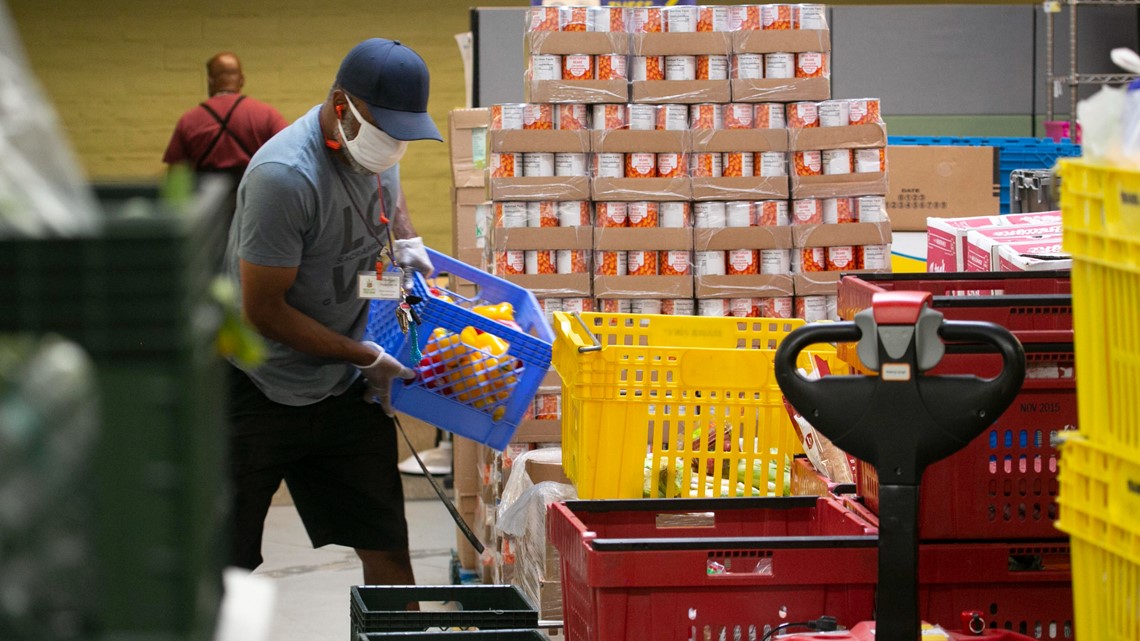
RCFB serves about 4,500 people each week. If you or someone you know is experiencing hunger, RCFB wants to help. The food bank is open Tuesday through Thursday from 10:30 am to 1:30 pm in Midtown. The food bank is also open on Fridays and Saturdays from 10:30 am to 1:30 pm in Arden Arcade.
"A lot of people are going hungry," Ford said. "But there are resources, and River City is one of them. People can have hope, at least, to get fed."
RCFB is also in need of 15-20 volunteers daily to help run the food distribution program. If you're not able to give your time, you might want to consider giving a monetary gift or donating food to the organization.
For more information on how you can take a stand against hunger, visit the RCFB website.
The Gift of Groceries How a church provides hope in Sacramento
New Hope Community Church is on a mission to help end hunger throughout the City of Sacramento, one grocery at a time.
In 2007, the church created a food ministry called "The Gift of Groceries." Every Thursday, the church provides those in need with enough quality food to last a family of three for about four to five days.
"I volunteer and help feed people every Thursday," said Stanley Martin, recipient and church volunteer. "I've been volunteering with the church for about 11 months. We give food to about 400 people every week. I like doing it. I like helping people."

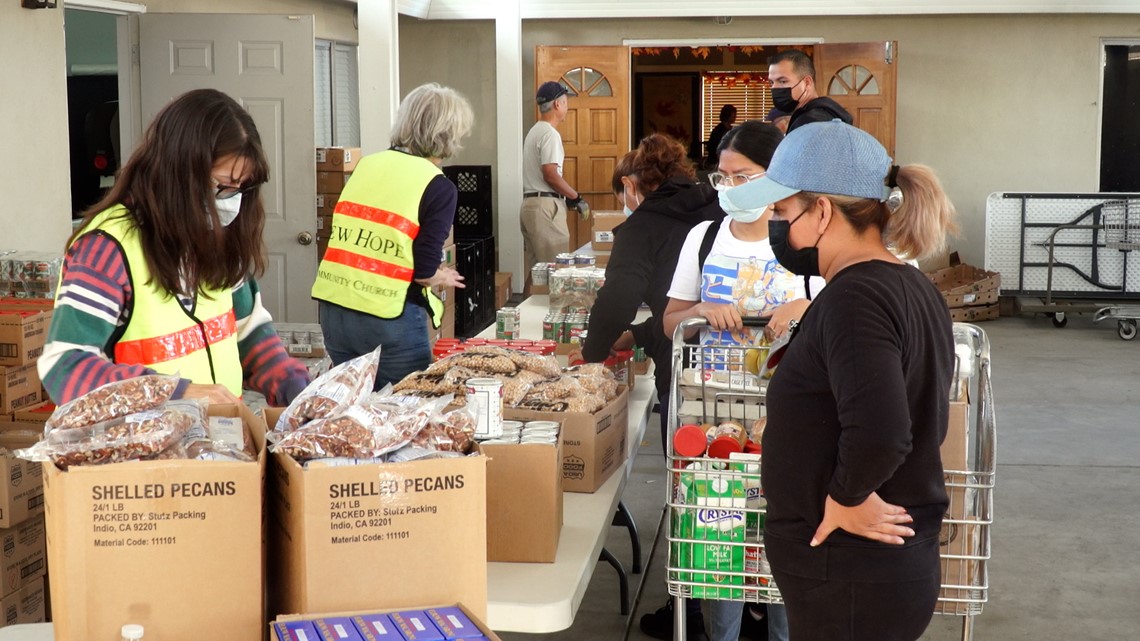
Since the start of the program, the church has distributed more than 8 million pounds of groceries to more than 500,000 people. The Gift of Groceries is operated solely by church volunteers.
"I give people food all the time," Martin said. "Sometimes, I give my daughter, niece, uncle, and mother food, too. It helps me stay busy. It means a lot to me. When I was born and raised, we were poor. I know a lot of other people, right now, that do not have any food, or are homeless. So, I take food home with me and I give it to people in need."

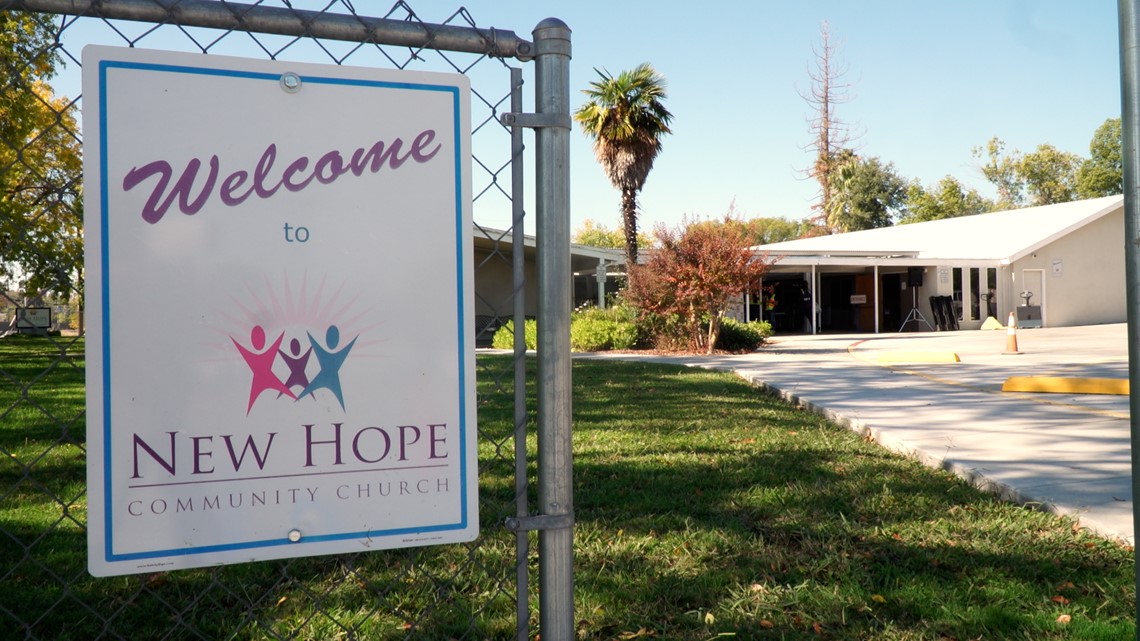
As part of the program, volunteers hand out donated food items, such as canned foods, dry goods, juice, meats, dairy products and fresh produce. If requested, volunteers are also on-site to pray for people experiencing hunger, homelessness and other life challenges.
There are three main steps to participate in The Gift of Groceries program:
- Sign up in person every Thursday at New Hope Community Church from 7:00 a.m. to 3:30 p.m.
- During the sign-up process, you will receive a numbered ticket to determine the order in which you will get your groceries.
- After signing up, return to New Hope Community Church at 1:00 p.m. for the food distribution.
The food distribution at the church begins at 1:00 p.m. and ends at 3:30 p.m. or until the food runs out. The program relies heavily on donations from the public and organizations. Every dollar is used to acquire, transport, and distribute food to the most vulnerable.


New Hope Community Church is located at 1821 Meadowview in Sacramento. For more information about the hunger program or to donate or act as a church volunteer, visit the church website.
Watch more ABC10: New statewide initiative aimed at ending hunger crisis in California


